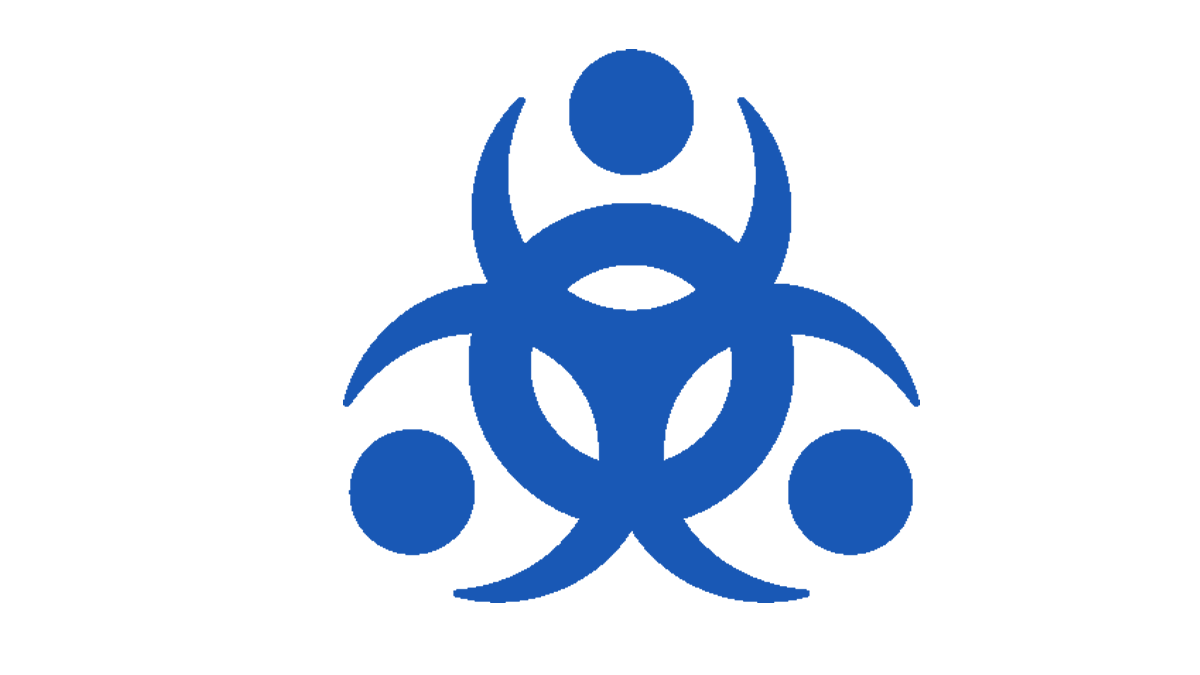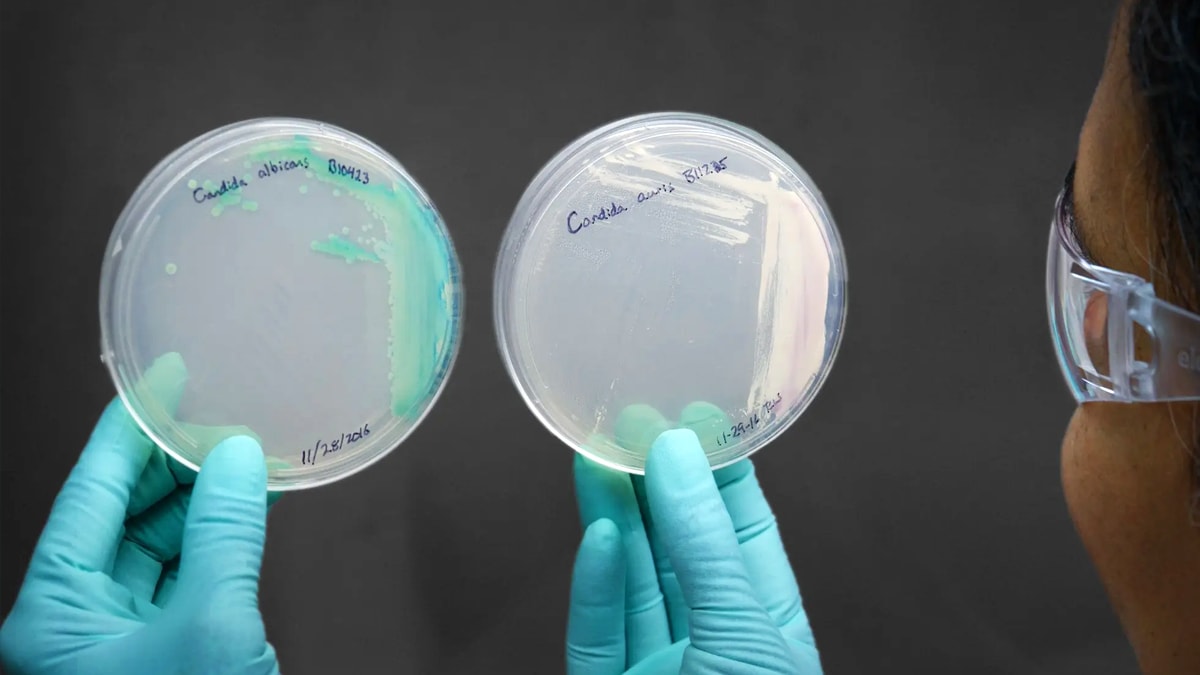What to know
AMD gives scientists the power to uncover previously unknown infectious agents. Using AMD methods, CDC scientists have discovered several new bacteria and viruses and solved complex medical puzzles. When there’s an outbreak caused by an unknown disease, CDC’s world-class scientists can use AMD to identify, track, and stop further spread of infections.

Expanding MicrobeNet
CDC's MicrobeNet is an online tool and database to help clinicians and scientists identify bacteria and fungi that make people sick. The database opens up CDC's data on microbes to make that data available to public health professionals.
MicrobeNet provides access to information crucial to identify disease outbreaks. The tool also contains information to track new and emerging diseases and develop new ways of responding to illnesses.
With AMD, CDC scientists have tripled the number of microorganisms in MicrobeNet to total 2,400 species of microorganisms. In addition, AMD and MicrobeNet partnered with Bruker Corp., bioMérieux, ThermoFisher, and Names for Life. The partnerships give labs additional ways to search and compare bacteria to rare pathogens in CDC's library. Those partnerships will make it easier to identify emerging outbreaks quickly.
Identifying unknown respiratory illnesses
A bout of coughing could be whooping cough, the flu, pneumonia, or any other respiratory illness. The COVID-19 pandemic reminds us new pathogens may be lurking on the horizon. During an outbreak it can be difficult for medical or public health professionals to quickly determine what’s causing respiratory illnesses.
People often experience similar symptoms, even with different pathogens making them ill. To speed up pathogen identification, CDC brings together highly skilled epidemiology and laboratory experts. Those experts gather to form the Unexplained Respiratory Disease Outbreaks (URDO) workgroup.
CDC epidemiologists look at the characteristics of the disease and patterns of an outbreak. CDC laboratory scientists identify and characterize the pathogen causing an outbreak. To speed up pathogen identification, CDC uses AMD methods to develop a new tool called targeted sequencing analysis.
The tool can rapidly identify pathogens, including new or rare ones, in respiratory specimens. Using the tool combined with responses from URDO, CDC can determine specific characteristics, including whether that pathogen is resistant to antibiotics. Those characteristics are important for effective treatment.
Tracking a dangerous fungus
When antimicrobial-resistant Candida auris infections were initially identified in the U.S. healthcare system, AMD methods were used to track transmission pathways. C. auris is a fungus causing serious and frequently fatal infections in the healthcare setting. AMD technology revealed strains closely related to each other. This helped investigators understand how C. auris was spreading in healthcare settings.
CDC uses AMD to detect and analyze this fungus. Scientists study detailed DNA fingerprints of C. auris from specimens collected in the regions where it was first identified. These investigations reveal the fungus seemed to emerge simultaneously in eastern and southern Asia, southern Africa, and South America.
Additionally, scientists discovered DNA from specimens within each region are quite similar to one another but are relatively different across regions. This suggests C. auris emerged independently in multiple regions at roughly the same time.
No one is certain how C. auris appeared in different places at the same time or why we are seeing it now. No one is certain what part of the environment it came from, or how it began infecting people. Using AMD methods, scientists hope to devise ways to track and stop the spread of this deadly pathogen.

